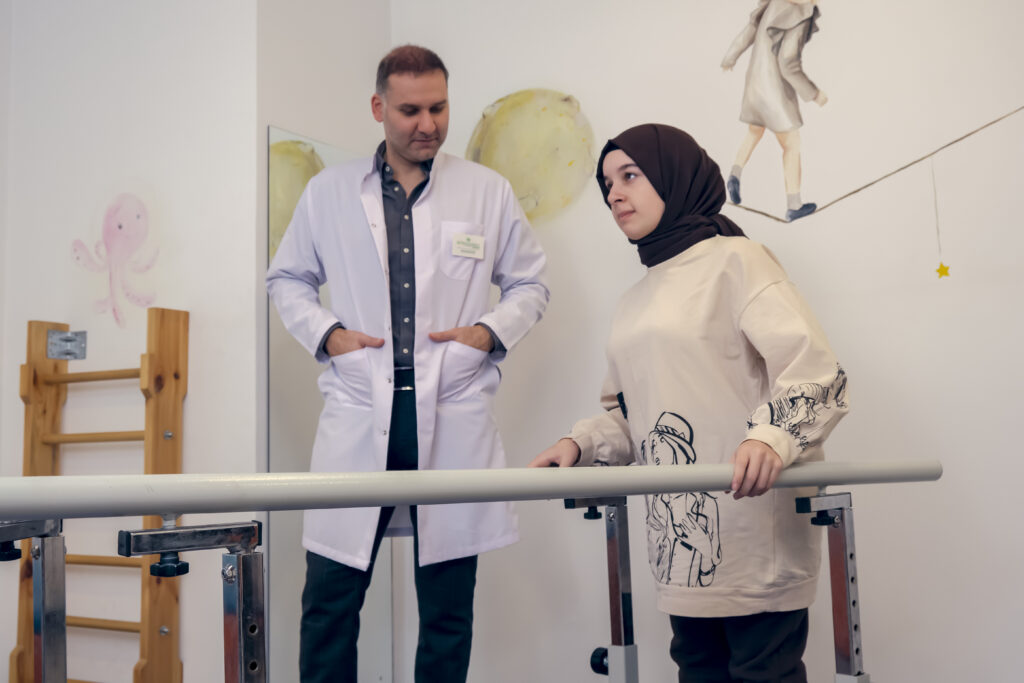Arthrogryposis is a rare disease that usually develops during pregnancy and is characterized by stiffness of the muscles and joints. Affecting one in every 30,000 live births, the condition can cause movement restrictions and various deformities in many different joint areas of the body.
The affected joints are often stiffer than normal and have severely restricted mobility, which can make it difficult for the individual to perform activities of daily living. These limitations caused by arthrogryposis can be managed with early diagnosis and intervention.
What are the Symptoms of Arthrogryposis?
The symptoms of Arthrogryposis can vary depending on the severity of the condition and the number of joints affected. This health condition can affect joints in various parts of the body and can cause limitations in mobility.
Common Symptoms:
- Joint stiffness: The affected joints experience more resistance and restriction of movement than usual. This may be more pronounced, especially in the morning.
- Muscle Weakness: There may be a decrease in muscle strength in the affected areas, leading to difficulty in movements.
- Abnormal Positions: Hands, feet or other limbs may appear in abnormal positions. For example, the feet may be turned outwards or inwards.
- Limited Range of Motion: The range of motion in the affected joints is limited, which can make it difficult to perform daily activities.
Other Symptoms:
- Difficulty moving: Difficulty moving small and large joints, in some cases the joints may be completely immobilized.
- Underdeveloped Muscles: Muscles in the affected areas may be less developed than expected, resulting in a decrease in overall muscle strength.
- Blocking the Joints: Soft tissue adhesions may form, restricting the movement of the joints.
- Thin and Fragile Bones: Long bones in the arms and legs may be thinner and more fragile than normal.
- Dislocated Joints: Dislocations can occur in joints such as the hip, elbow or knee.
- Nervous System Problems: In rare cases, arthrogryposis can lead to problems with the central nervous system.
The symptoms of arthrogryposis can significantly affect the quality of life of affected individuals. Therefore, early detection of symptoms and the application of appropriate treatment methods are critical to increase patients’ mobility and improve their quality of life. If you notice symptoms of arthrogryposis in your child or someone you know, it is important to consult a healthcare professional.
Types of Arthrogryposis
Arthrogryposis is a condition that can occur in various forms and is mostly characterized by joint stiffness and limitation of movement. Each type differs in the groups of muscles and joints affected, as well as the severity of symptoms and age of onset. Here are the common types of arthrogryposis and their characteristics:
- Amyoplasia: This is the most common form and is characterized by diffuse joint stiffness, typically affecting all four limbs. In this form, the joints are usually fixed in their typical position at birth.
- Distal Arthrogryposis: More commonly affects the distal (end) parts of the body, such as the hands and feet, and usually has less severe symptoms. Individuals with this form may have better motor function, despite certain movement limitations.
- Syndromic Arthrogryposis: Associated with specific syndromes, this type has joint stiffness with additional symptoms affecting other organ systems.
- Other Types of Arthrogryposis: Rarely, arthrogryposis may be associated with different genetic syndromes and metabolic diseases, and in these cases additional health problems may be observed.
Each type of Arthrogryposis may require different treatment approaches. This can range from physical therapy to surgical interventions, from the use of orthotics to medication. Early diagnosis and tailored treatment plans are essential to maximize the quality of life and functional abilities of the affected individual.
How is Arthogriposis Treated?
Arthrogryposis is a complex condition with no specific treatment. However, various treatment modalities are available to alleviate the symptoms experienced by affected individuals and improve their quality of life. The treatment plan is specific to the patient’s needs and affected areas and often requires a multidisciplinary approach.
- Rehabilitation and Physiotherapy: Rehabilitation and physiotherapy are the main treatment modalities for arthrogryposis to improve range of motion, increase muscle strength and maintain joint flexibility. Physiotherapists develop customized exercise programs so that the individual can perform daily activities in the best possible way.
- Use of Orthotics: Custom-made orthoses can be used to support and position the affected joints correctly. Orthoses increase mobility and help prevent joint deformities.
- Use of Supportive Devices and Therapy: Individuals with arthrogryposis can benefit from a variety of supportive devices and specialized footwear to facilitate activities of daily living and increase independent mobility. These devices help to correct the individual’s posture, expand the range of motion and improve basic functions such as walking.
In Which Cases Surgical Intervention is Required?
Surgical interventions are performed to correct joint deformities, adjust muscle length and increase functional capacity. The decision for surgery is based on individual needs and is usually made after a comprehensive assessment. The timing and type of surgical intervention is planned according to the patient’s general health and the severity of symptoms.
Treatment of Arthrogryposis is an individualized and often lifelong process. Early intervention is critical to the effectiveness of treatment. Patients and their families need the guidance of specialized healthcare professionals when implementing their treatment plan. For best results, it is essential that the treatment process includes an individualized and holistic approach.
What You Need to Know:
Arthrogryposis is a condition that requires multidisciplinary treatment and has the potential for improvement with management strategies that can improve the individual’s quality of life. Early diagnosis and treatment increases independence and activity level, while close collaboration of families and healthcare professionals is key to the success of individualized treatment plans.


